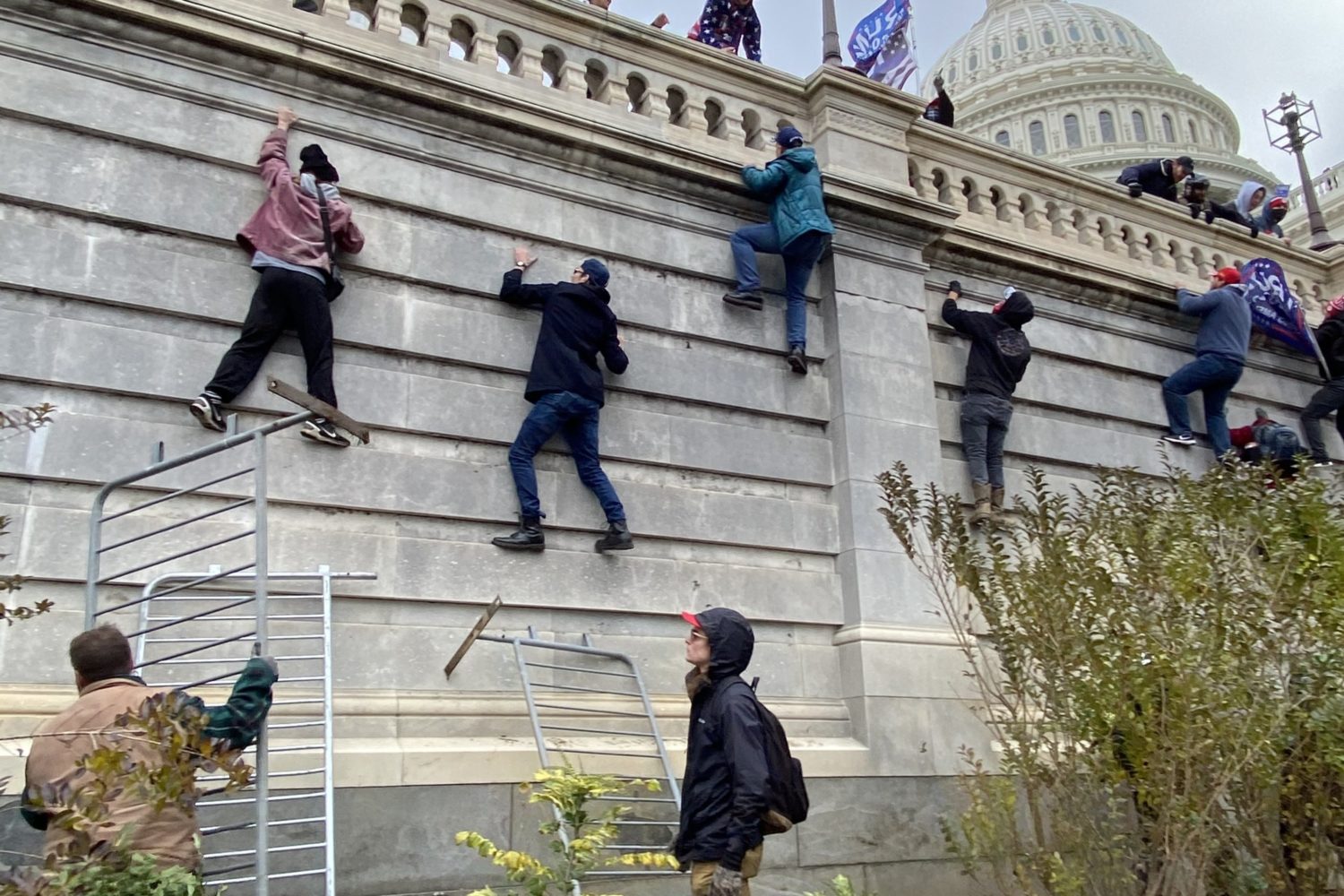Official Washington has been profoundly puzzled of late by the recent revelation that neither the Secretary of Defense, Lloyd Austin, nor other Pentagon officials bothered to alert the White House to Austin’s January 1 hospitalization for more than three days after he’d been admitted. The defense secretary’s hospitalization, it turns out, was the result of complications following the surgery he underwent a week earlier for prostate cancer. But while highly unusual, Austin’s radio-silence kerfuffle is not entirely without precedent. Here’s a look at five other times that a powerful official went missing in action, in one form or another.
Mark Sanford
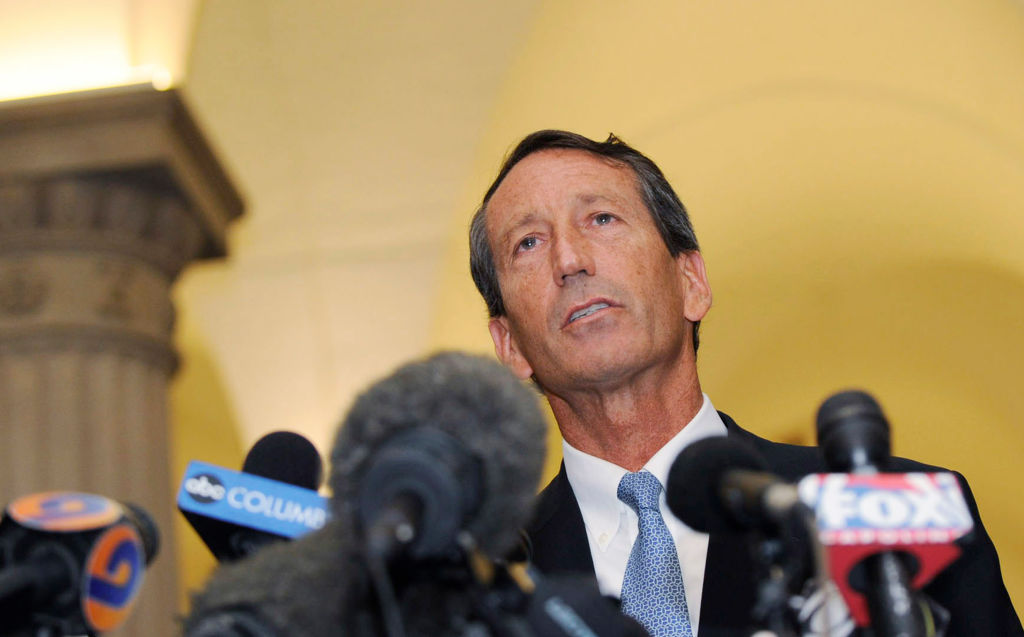
A decade before he left Congress, then-South Carolina Governor Mark Sanford made national news when he suddenly vanished from his home state. Though his staff had initially claimed that he had been off hiking the Appalachian Trial, Sanford would eventually be forced to admit he had in fact been in Argentina, where he was cheating on his wife with a woman from Buenos Aires. The mysterious disappearance and scandalous resurfacing of a sitting governor became a cable-news sensation. “The bottom line is this,” Sanford told reporters at a news conference. “I have been unfaithful to my wife.” Though his marriage didn’t survive the scandal, his political career did. He went on to serve three terms in Congress.
Jon Corzine
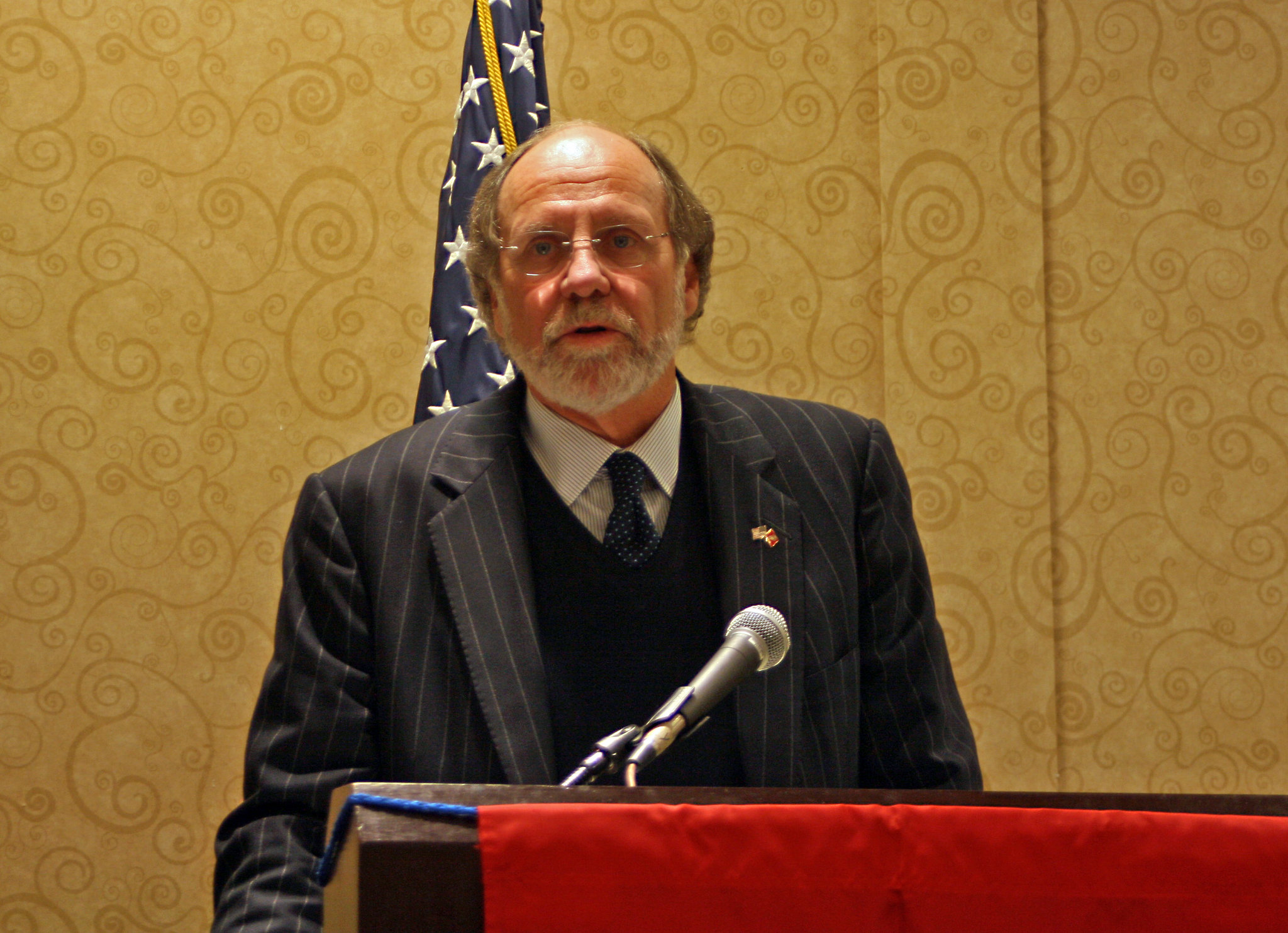
After serving one term in the US Senate, Jon Corzine in 2006 returned to his home state of New Jersey to serve as governor. But according to an examination by New Jersey’s Star-Ledger, Corzine spent at least a portion of 105 days in 2008—nearly a third of his time—outside of the state. Though Corzine’s staff insisted he was still working for the people of New Jersey when he went off to campaign for Democratic presidential candidates or participate in trade missions, his political enemies seized on the revelation to discredit the Democratic governor. “His priority apparently was auditioning for Barack Obama and Hillary Clinton,” one leader of New Jersey’s GOP told the Star-Ledger.
Marion Barry
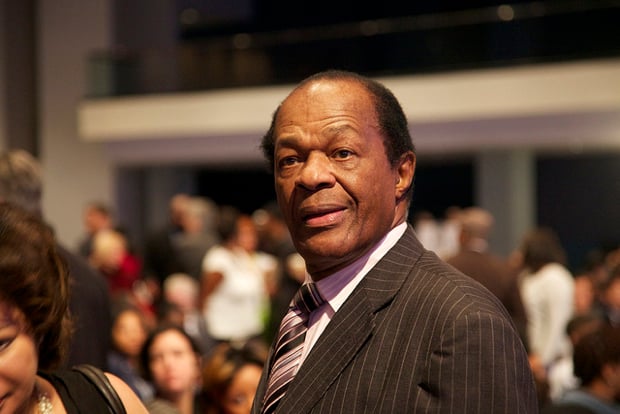
When a 1987 snowstorm buried the nation’s capital in more than a foot of snow, DC’s “Mayor for Life” was off basking in the California sunshine, playing tennis and watching the New York Giants defeat the Denver Broncos in the Super Bowl. Returning to the city, he faced widespread outrage over his administration’s bungled attempts to plow the streets—especially after he initially defended its efforts. “Within 24 hours, he found himself buried under an avalanche in the news media, on street corners, on talk shows,” the Washington Post reported. “There was even a bumper sticker that said ‘Impeach Barry.’”
Woodrow Wilson
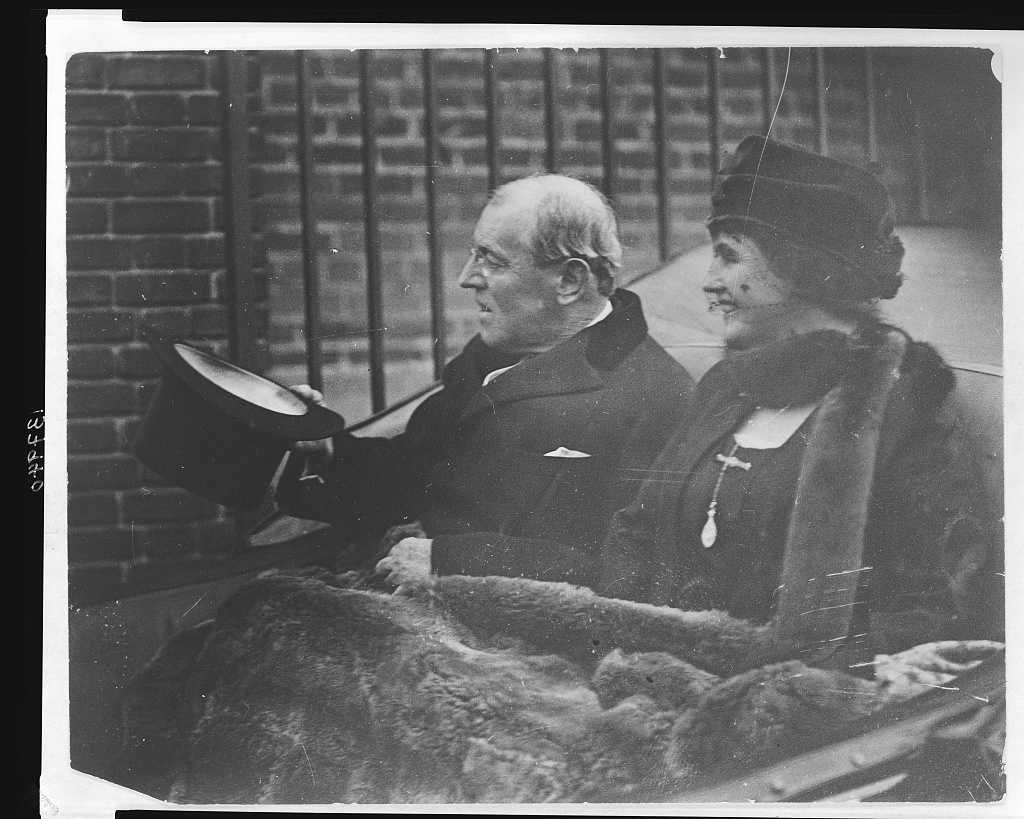
Beginning in 1919, President Woodrow Wilson spent a full 17 months battling partial paralysis and mental inadequacy after suffering a succession of strokes. Rather than come clean with the public, first lady Edith Bolling Galt Wilson and a team of presidential advisors managed to keep Wilson’s condition secret through a combination of silence and misdirection. In a review of Rebecca Boggs Roberts’s biography of Edith Wilson, Untold Power, the Washington Monthly’s Sara Bhatia describes a scene in which the president’s political rivals come to the White House to meet with him. “In an astonishing tableau, Wilson’s personal secretary, doctor, and wife shaved and dressed the invalid president, propped him up in bed, covered his paralyzed side with a blanket, and adjusted the lighting to ensure that he remained in the shadows,” Bhatia writes. “Miraculously, Wilson rose to the occasion, conversing comfortably—albeit briefly—with the visiting senators.”
Grover Cleveland
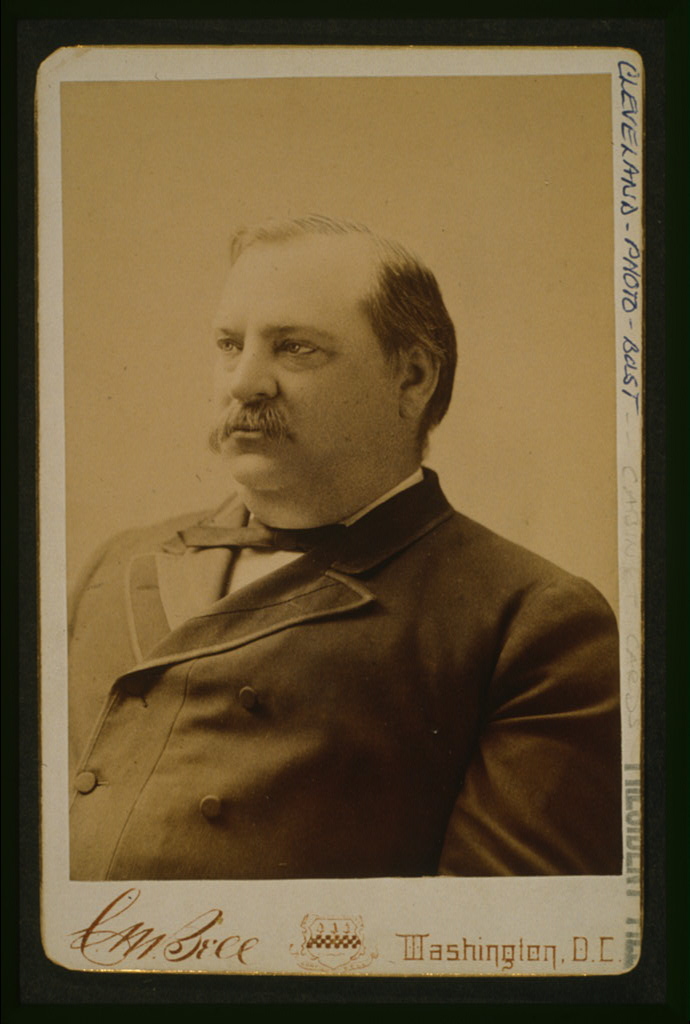
For nearly a quarter century after he secretly underwent surgery to have a tumor removed from his mouth, President Grover Cleveland and his team managed to keep the truth about the procedure from the public. When one journalist, E.J. Edwards of the Philadelphia Press, published an account of the surgery, Cleveland denied the claim and worked to smear the reporter’s reputation. “So nobody believed E.J. Edwards,” as Matthew Algeo, who wrote a book about the Cleveland cloak-and-dagger surgery, told NPR. “He was dismissed as a disgrace to journalism.” Eventually, however, once Cleveland and most of the other key witnesses had passed away, one of the doctors came forward with the truth: The President had undergone a risky operation on a yacht.

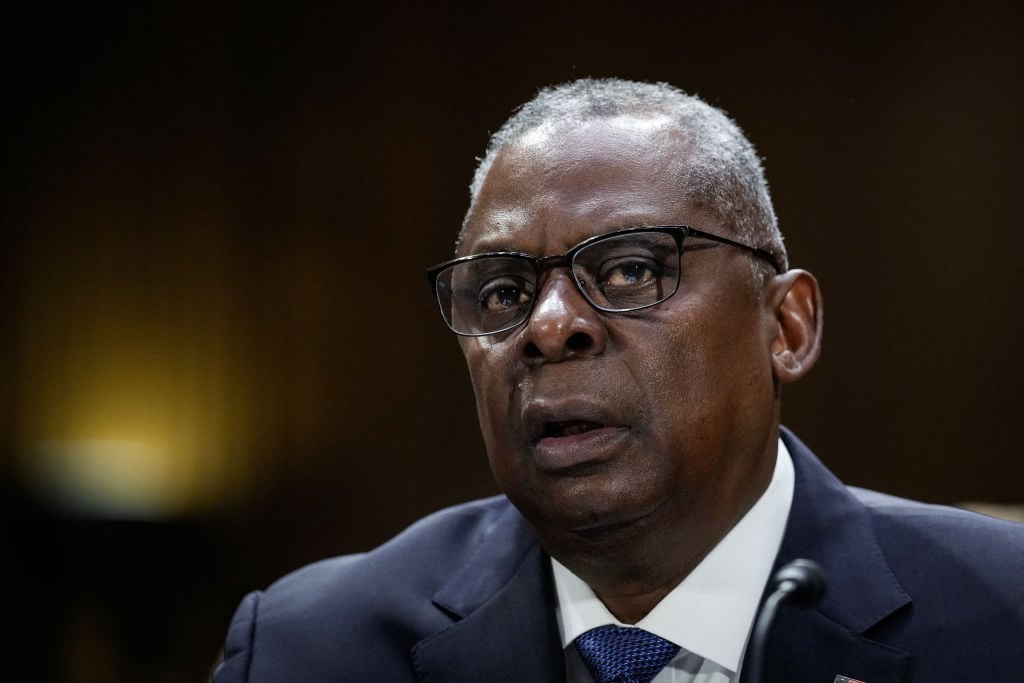
![Luke 008[2]-1 - Washingtonian](https://www.washingtonian.com/wp-content/uploads/2017/10/Luke-0082-1-e1509126354184.jpg)








